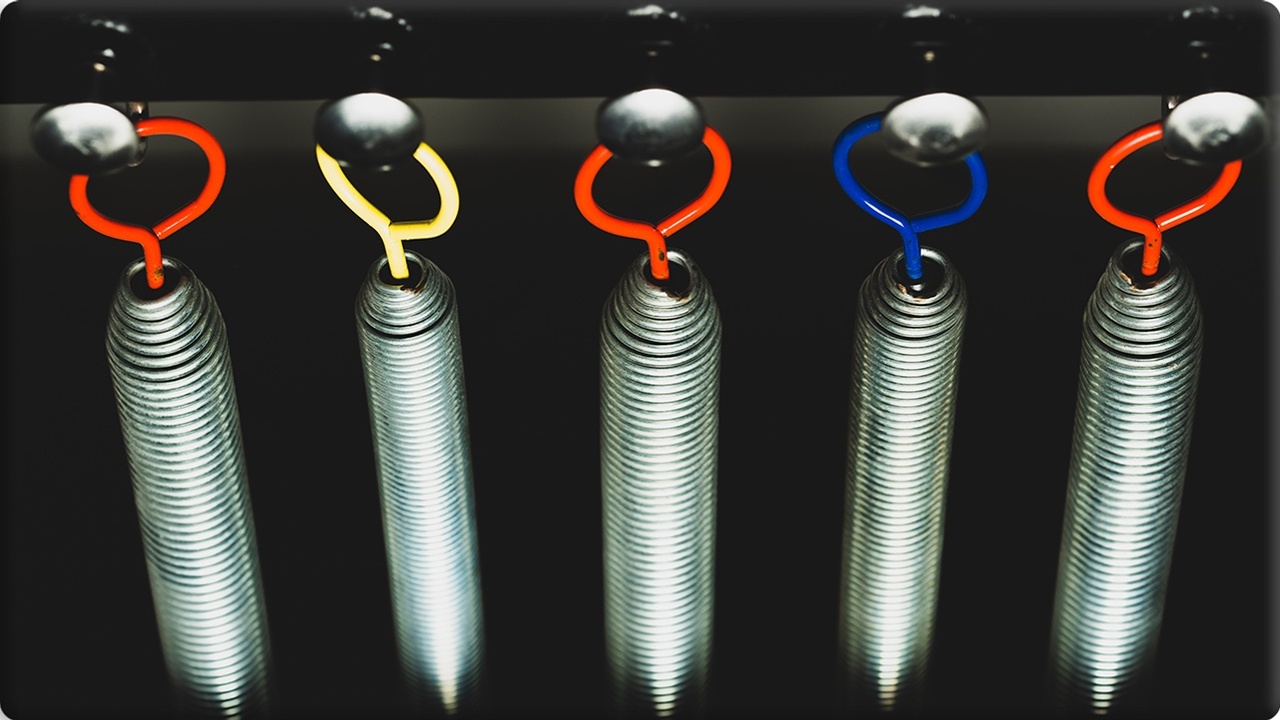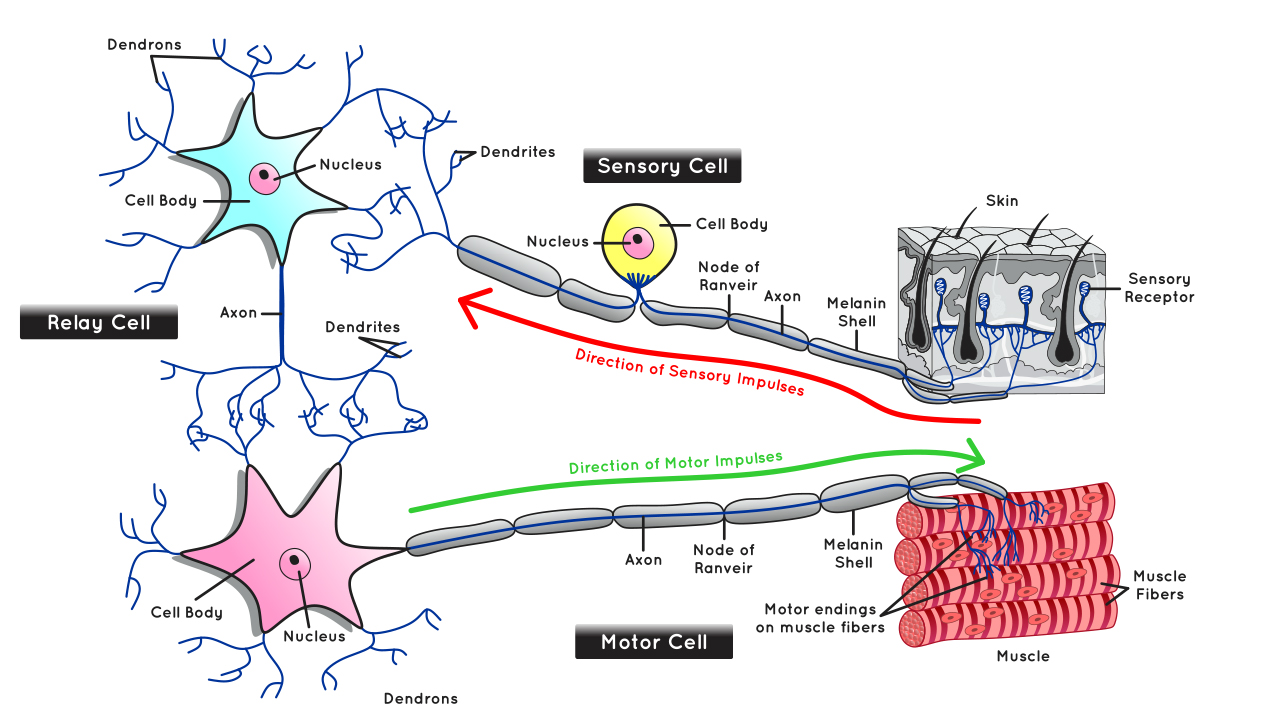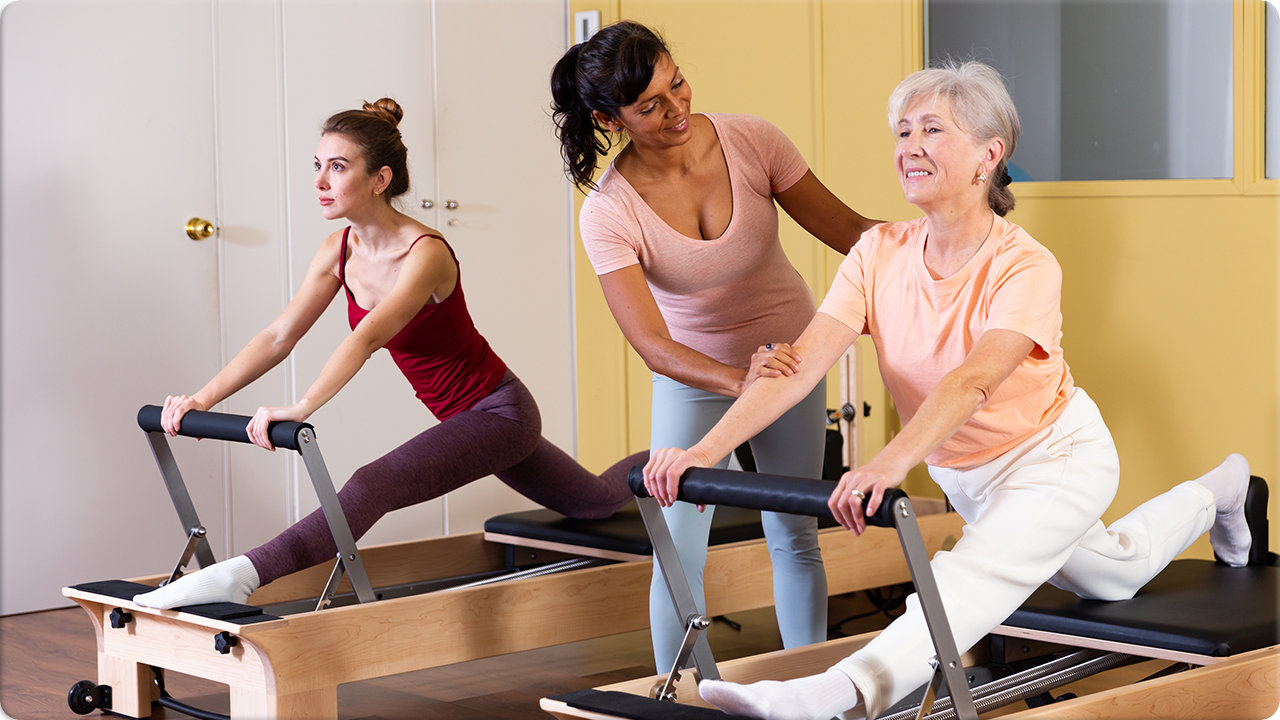What springs do I need for this exercise?

One of the most asked questions from Pilates studio clients and studio equipment teacher trainees is “what springs do I need for this exercise?”. The short answer is of course “whatever spring best facilitates the acquisition of the exercise objectives”. However, such an answer demands an answer to a more pressing question; “what is the purpose of the exercise?”. The true answer to this question relies on much more than a keen memory of generic rationale and a convincing demeanour. Understanding the theories underpinning the methodologies used in the creation and programming of exercises is essential if the work we do is to be robust enough to stand up to scrutiny.
If you haven’t already, check out the Vlog post ‘What is the purpose of an exercise?’
In this post I will explore some fundamental principles that should help you resolve questions regarding appropriate spring selection for many popular Pilates studio equipment exercises. Considering a range of rationales related to the use of additional directional load should provide some context that will help you form an objective and reasoned approach to load selection when using Pilates studio equipment.
Gravity is a constant
When considering load within movement teaching settings we are moving beyond the kinematic considerations of what body parts move in relation to one another and the environment, to the realm of kinetics, a branch of biomechanics that is concerned with the forces involved in a movement process 1, 2. Forces as you may recall from your early school days, are essentially a push or pull on an object. Forces can be applied to an object either via direct contact with another object (contact forces) or from indirect attractions arising from physical phenomena like gravity, electromagnetism, or nuclear forces (non-contact forces). In the context of human movement, we need not concern ourselves with electromagnetic attraction and quantum mechanics. However, we do need to consider the implications of non-contact forces that occur due to gravity. The forces arising from gravity’s influence on mass profoundly affect the strategies needed to perform the exercises we teach and therefore directly influence the training effect of those exercises. Gravity is a constant and its influence throughout a movement sequence is the first place to start when considering the use of load within any exercise. When adding additional sources of load to the body as we do with Pilates studio equipment, we need to consider their influence alongside the effects of gravity. It is the cumulative force magnitude and direction that determines the physical nature of a movement process not the individual forces considered in isolation.
Why add load?
Before we get into the whys and wherefores of spring resistance in a Pilates setting, we first need to consider why we might want to artificially add load to a movement in the first place. For millennia humans have trained for the functional tasks of the day by practicing those tasks as a whole or broken those tasks down into training exercises 3. In many cases load was added to these training exercises to magnify the training effect, enabling individuals to develop enhanced physical attributes like strength power, speed, endurance, and flexibility. As knowledge of the physiological system has accelerated over the last century, so too have the training strategies employed by those seeking to enhance, maintain or repair human physical performance potential.

Loading for physiological enhancement
Typically, load has been added to an exercise to increase the physical demands of the task to provoke a training effect 4, 5. Depending on which physiological system and its elements are targeted along with how they are stressed, determines the likely training response. Activity and training design largely determines the outcome of any training activity. One key feature of any physiological development agenda is that physiological stress must be experienced to provoke any meaningful physiological training effect. This invariably necessitates physical limitations being explored within the training approach. One of the biggest reasons individuals fail to achieve their training goals, is because their training programme fails to stress their physiology in a manner necessary to provoke physiological adaptation 4, 6.
At this point you may well be asking yourself “what has this got to do with Pilates exercises? We don’t do overload like they do in the gym!”. Whether we do or whether we don’t will ultimately depend on our individual approach and philosophy as a Pilates teacher. The point is, that if you wanted to do physical overload in a Pilates setting you could, so long as you approach it in the right way with a sound and well-reasoned methodology. Also be aware that if you are not stressing the muscular system to, or near to its physical limitations, you will not be developing muscle strength, hypertrophy, endurance, or tone with the exercises you are performing. Promoting physiological development as an intended outcome without some kind of physiological stressor in the work being done, simply does not add up! Any gains made will be in the mind, not in the body! It is therefore imperative that when using studio equipment for physiological enhancement that the essential principles of strength training and conditioning are employed, just as they would be in any other setting offering training of this kind.
Why else add load?
If physiological enhancement is not the end-game and we are not utilising physical overload principles, what are we affecting and subsequently training with the exercises we teach? If not muscular strength, hypertrophy, endurance, or tone, what are we training? There are of course many other virtues to engaging in a physical training activity beyond physiological development. Many of which will feel more familiar and are akin to the training agendas of most Pilates teachers. Developing sensory awareness, movement skill, unpicking dysfunctional patterning, while promoting functional patterning, or simply providing a physical activity that supports and promotes mental well-being. These are all valid benefits that justify why people may take up doing Pilates. However, the effectiveness of Pilates sessions to deliver these benefits is determined by the relevance of exercise choice and method of application. Fundamentally, whatever the agenda, be it physiological conditioning, neuromuscular development, or psychological well-being, it is vitally important to consider the validation, set up, delivery and outcomes of every exercise we teach on an ongoing basis. Nothing should ever be set in stone or left to chance. Instead, our interventions should always be considered in the context of a SMART and validated training approach that relates to the SMART goals of the trainee.

Loading for feedback and patterning
If a training agenda is focused on developing body awareness, then directional load delivered to various body parts via the studio equipment can be a great way to provide sensory feedback that relates to that awareness agenda. Additionally directional load feedback may be useful for promoting a particular recruitment pattern within a movement sequence, one that may have context to a functional application. When considering the collective nature of combining forces, it is also possible to use resistance provided by the studio equipment to reduce or even mitigate the affects of gravity, thereby changing which muscle groups are being targeted within an exercise. This is particularly helpful in developing repertoire choices that provide more options for training and developing important functional recruitment patterns 7. Spring selection needs to be carefully considered with these types of training agendas. It is essential to consider the net forces acting on various body parts throughout the movement sequences within an exercise to establish which muscle groups are being targeted and when if there is to be any meaningful application to functional application through neuromuscular development and carry over effects.
Loading for fun and feeling good!
Let’s face it, it doesn’t always have to be about development or enhancement. For most of us it just feels good to move. Especially if we can experience a level of competence in our ability to move effectively and without limitation. The psychological benefits of movement are well understood 8 and both hedonic and eudaimonic well-being are positively influenced by supportive and empowering environments 9. Taught empathically with encouragement and in a client-centred manner, Pilates can provide an exceptionally positive motivational climate that supports individual development and improves emotional well-being. Using resistance to reduce the physical demands of a task can facilitate access to challenging and athletic movement sequences. This is a great way to empower people through movement, enhancing self-efficacy and self-esteem. Enabling people to explore their physicality and experience the joy of moving for sake of it is in many ways just as valuable as trying to resolve a biomechanical or physiological limitation. When using exercises to promote positive subjective experiences, the correct resistance is quite simply the one that makes the movement task accessible and enjoyable to perform.

In summary
When deciding what springs to use first ask yourself “why am I using or setting this exercise?” and with the answer to that question in mind, ask yourself “what spring (and other equipment settings) will best facilitate the acquisition of that outcome?” Then make your best guess based on previous experience and training. Finally, and most importantly, refine your initial choices based on feedback gathered during the execution of the given exercise.
If you pride yourself on providing a truly client centred approach, then never set and forget any setting for any piece of equipment in the Pilates studio. Always enquire and respond to the experiential feedback your clients provide, this above all else should inform your next move.
If you would like to develop your understand further in the context of some of the training agendas discussed in this article, consider enrolling in one or more of the workshops in the ‘Mechanical Harmonies Series’. Alternatively, bring your questions to our LIVE monthly teacher forum (available to Professional Members) or sign up for personalised training and support in our mentor programme.
References & further reading:
- Hall, S.J. (2018). Basic biomechanics (8th ). New York, NY: McGraw-Hill.
- Bartlett, R. (2014). Introduction to sports biomechanics: Analysing human movement patterns. Routledge.
- Heffernan, C. (2019, September 16). How the Ancient World Lifted Weights. BarBend. https://barbend.com/history-of-strength-training/
- McArdle, W. D., Katch, F. I., & Katch, V. L. (2015). Exercise physiology: Nutrition, Energy and Human Performance (8th ed.). Philadelphia, PA: Lippincott, Williams & Wilkins.
- Baechle, T. R., & Earle, R. W. (Eds.). (2008). Essentials of strength training and conditioning (3rd). Human kinetics.
- Morton, R. W., Colenso-Semple, L., & Phillips, S. M. (2019). Training for strength and hypertrophy: an evidence-based approach. Current Opinion in Physiology, 10, 90-95. https://doi.org/10.1016/j.cophys.2019.04.006
- Schmidt, R. A., & Lee, T. D. (2020). Motor learning and performance (6th ed.). Champaign, IL: Human Kinetics.
- Bradt, J., Shim, M., & Goodill, S. W. (2015). Dance/movement therapy for improving psychological and physical outcomes in cancer patients. Cochrane Database of Systematic Reviews, (1).https://doi.org/10.1002/14651858.CD007103.pub3
- Ryan, R. M., & Deci, E. L. (2001). On Happiness and Human Potentials: A Review of Research on Hedonic and Eudaimonic Well-Being. Annual Review of Psychology, 52(1), 141–166. https://doi.org/10.1146/annurev.psych.52.1.141
Stay connected with news and updates!
Join our mailing list to receive the latest news and updates.
We hate SPAM too so will never sell your information, for any reason or bombard you with sales emails!

